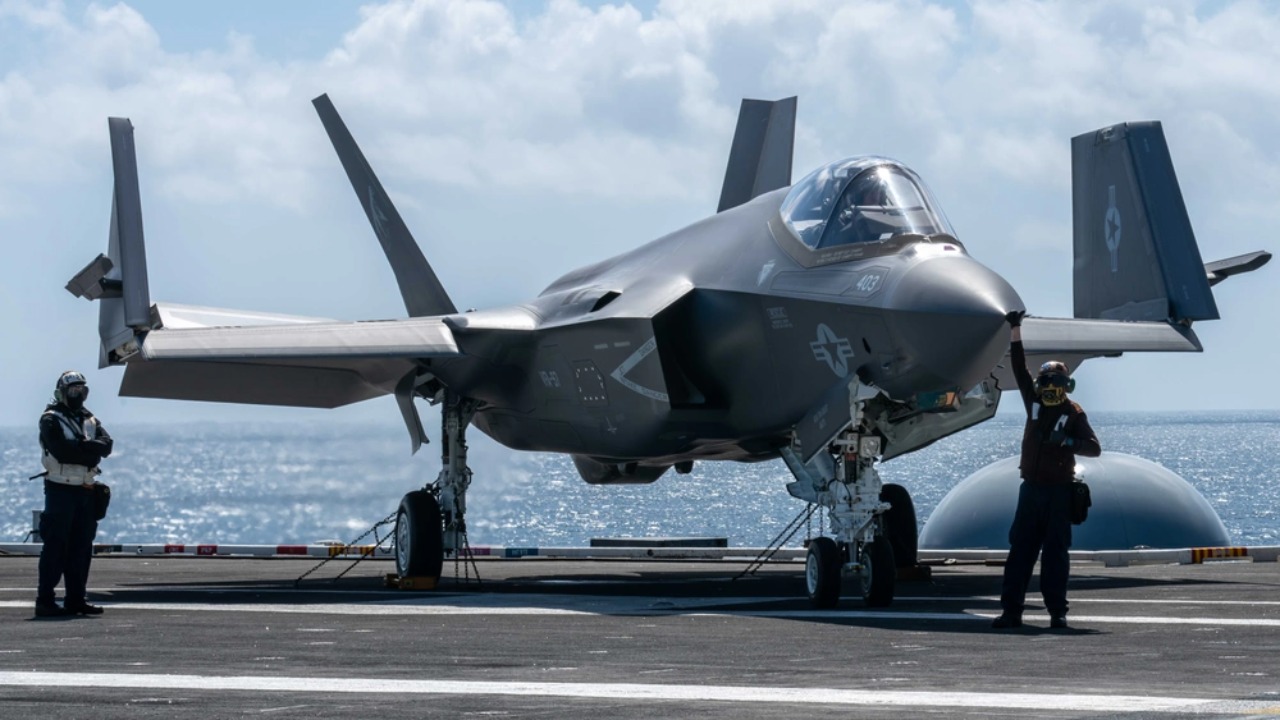
NATO has initiated its annual Steadfast Noon nuclear deterrence exercise, a drill involving 70 warplanes from 13 member states, including US F-35 stealth fighters. The exercise, coordinated by NATO’s Supreme Allied Commander Europe, aims to simulate alliance defense scenarios without the use of live weapons, reinforcing the alliance’s nuclear posture in the face of ongoing geopolitical tensions.
Exercise Overview
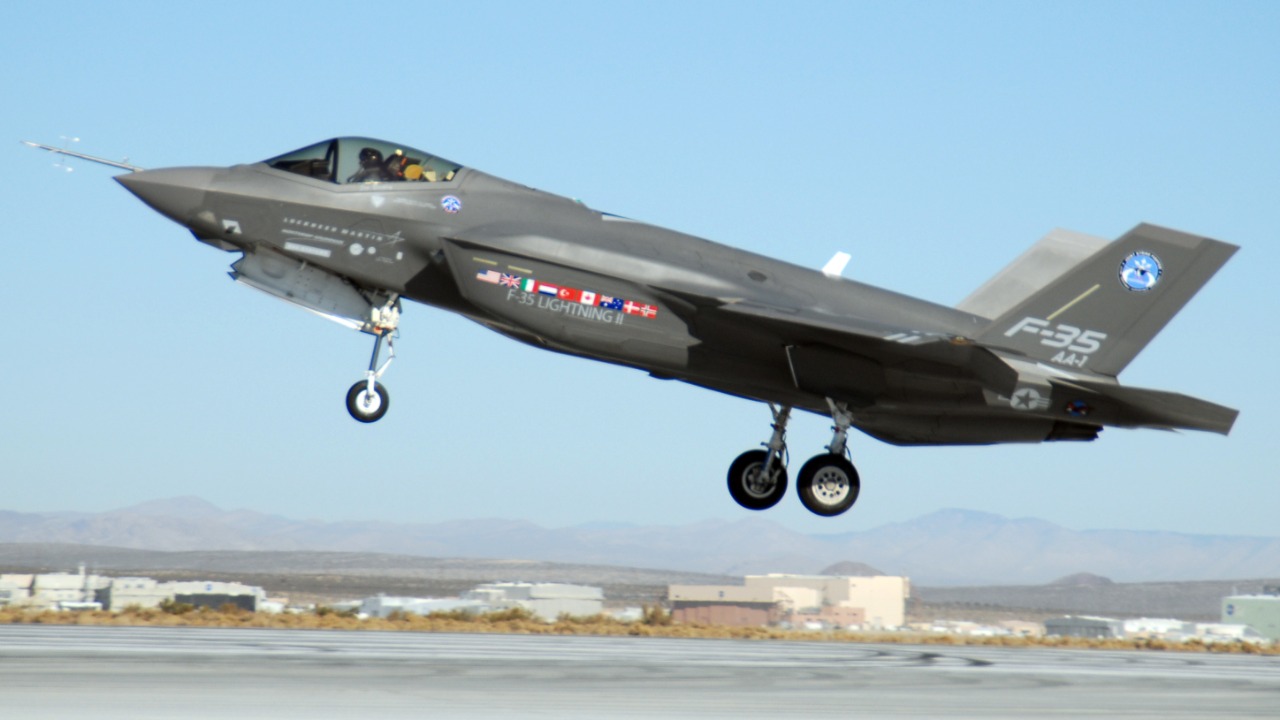
Steadfast Noon is a meticulously planned annual exercise, designed several years in advance to simulate the defensive use of nuclear weapons. The drill involves dual-capable aircraft, capable of carrying both conventional and nuclear weapons, which are paired with allied fighters for training purposes (Interesting Engineering). This exercise emphasizes the importance of command, control, and communication procedures, rather than the use of live weapons or explosives (News.az).
Aircraft and Forces Involved
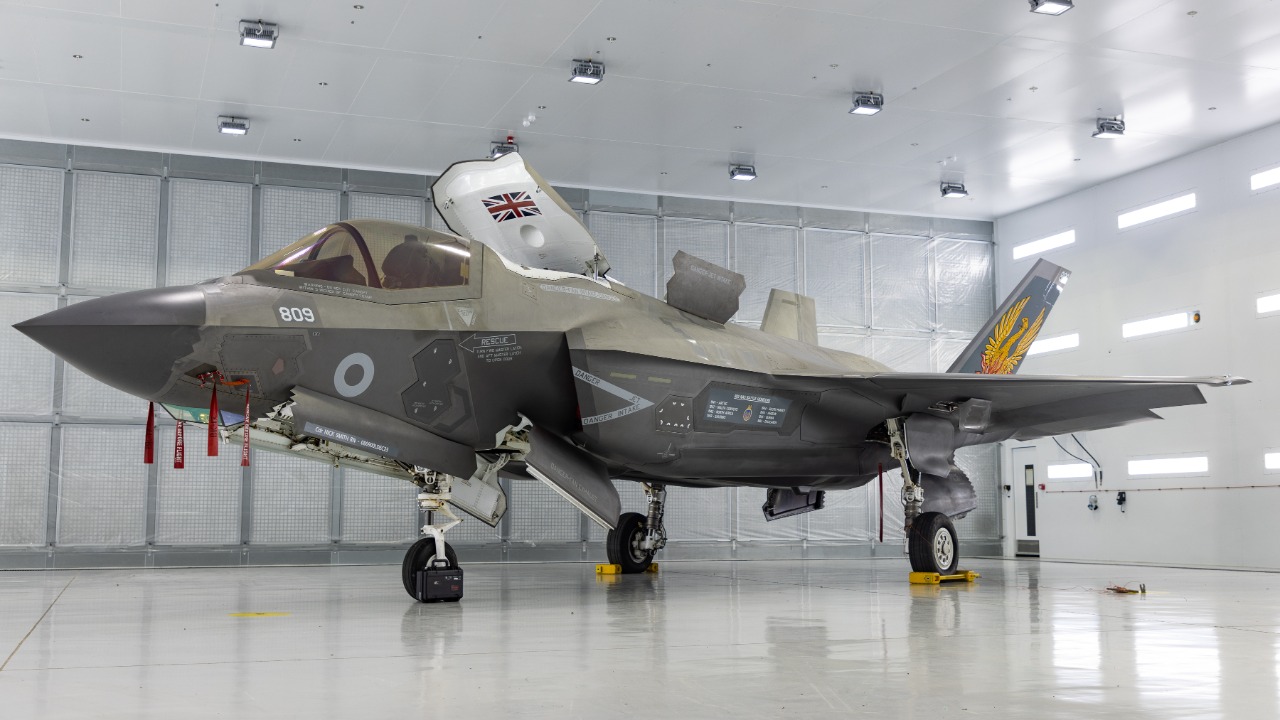
The exercise involves a total of 70 warplanes, including fighter jets, reconnaissance aircraft, and support planes from various NATO allies (EU Today). Among the aircraft deployed are the US F-35 Lightning II stealth fighters, showcasing advanced capabilities in the exercise (Root Nation). The integrated operations are supported by approximately 8,000 personnel from air, sea, and ground forces (Interesting Engineering).
Participating Nations
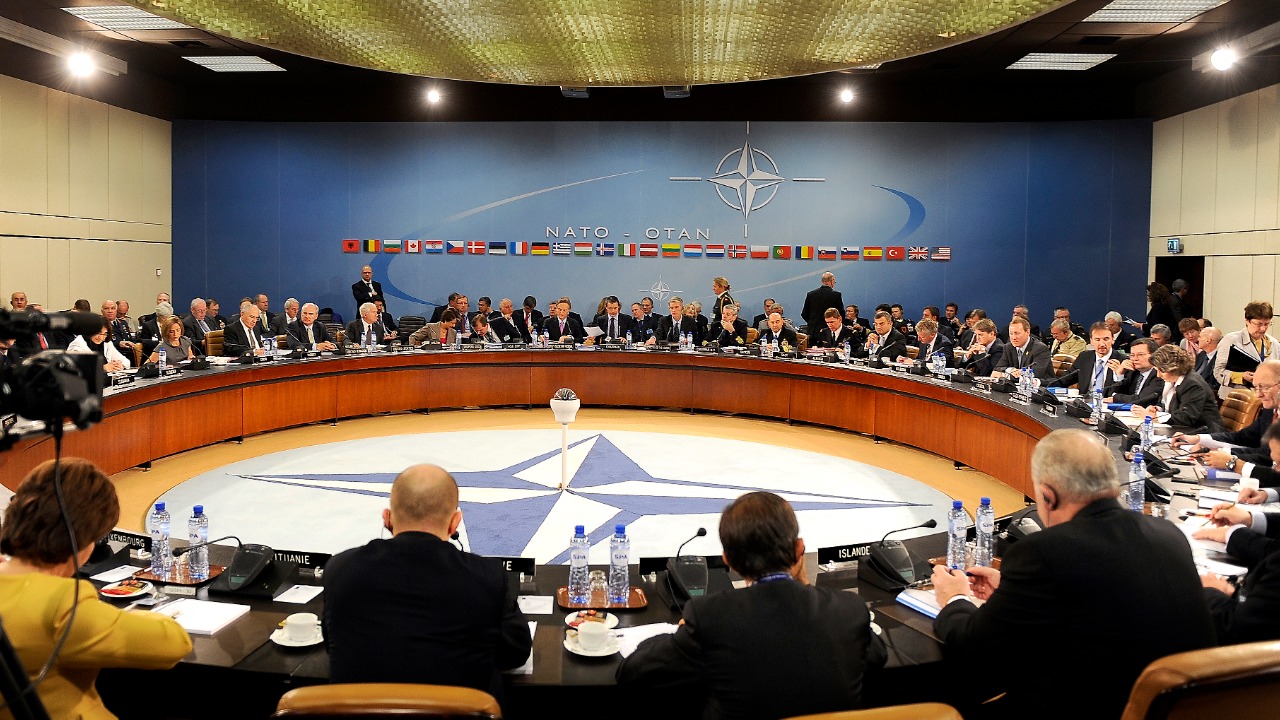
Thirteen NATO member states contribute to the exercise, including Belgium, Germany, Italy, the Netherlands, and the United States, which are key nuclear-sharing partners (EU Today). The United Kingdom hosts elements of the drill, with operations extending to other European locations (Root Nation). Additional allies such as Denmark, France, Greece, Norway, Poland, Spain, and Türkiye also provide aircraft and personnel (Interesting Engineering).
Locations and Operational Scope
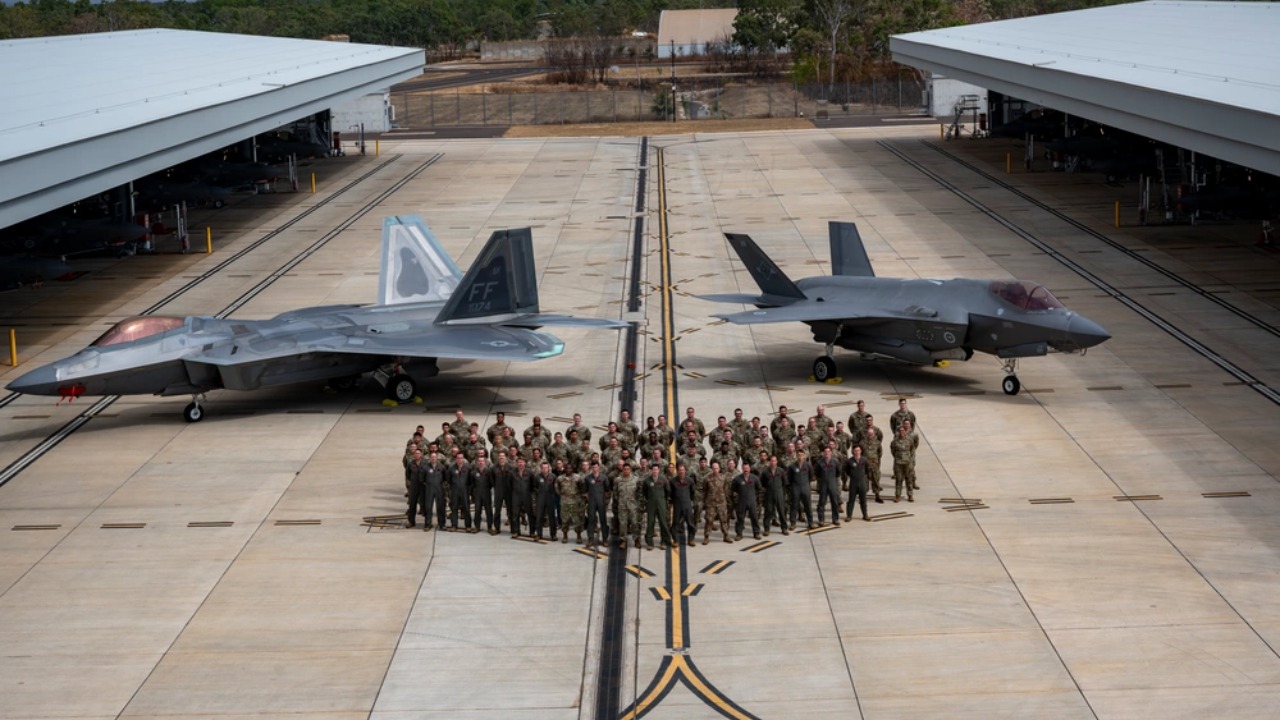
The exercise takes place over northeastern Scotland, the North Sea, and western Europe, deliberately avoiding airspace over Ukraine or areas of active conflict (EU Today). Training activities include simulated sorties from airbases in Scotland and continental Europe, focusing on interoperability (Root Nation). The scope of the exercise also covers command centers and decision-making processes at NATO headquarters in Belgium (News.az).
Strategic Context and Timing
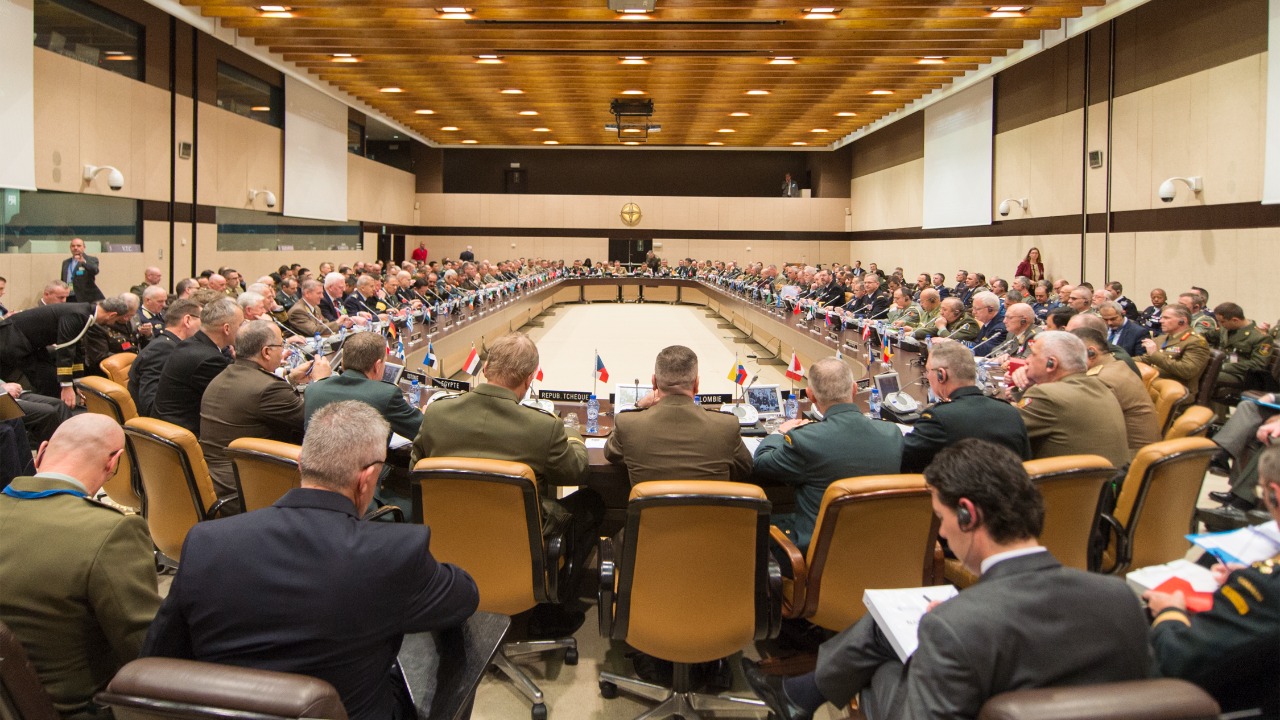
The timing of the drill is significant, occurring amid heightened tensions with Moscow following Russia’s invasion of Ukraine and threats to NATO’s eastern flank (News.az). The exercise reaffirms NATO’s collective defense commitment under Article 5, without signaling aggression toward any nation (Interesting Engineering). The annual timing of Steadfast Noon rotates locations each year to maintain readiness across the alliance (EU Today).
Objectives and Training Focus
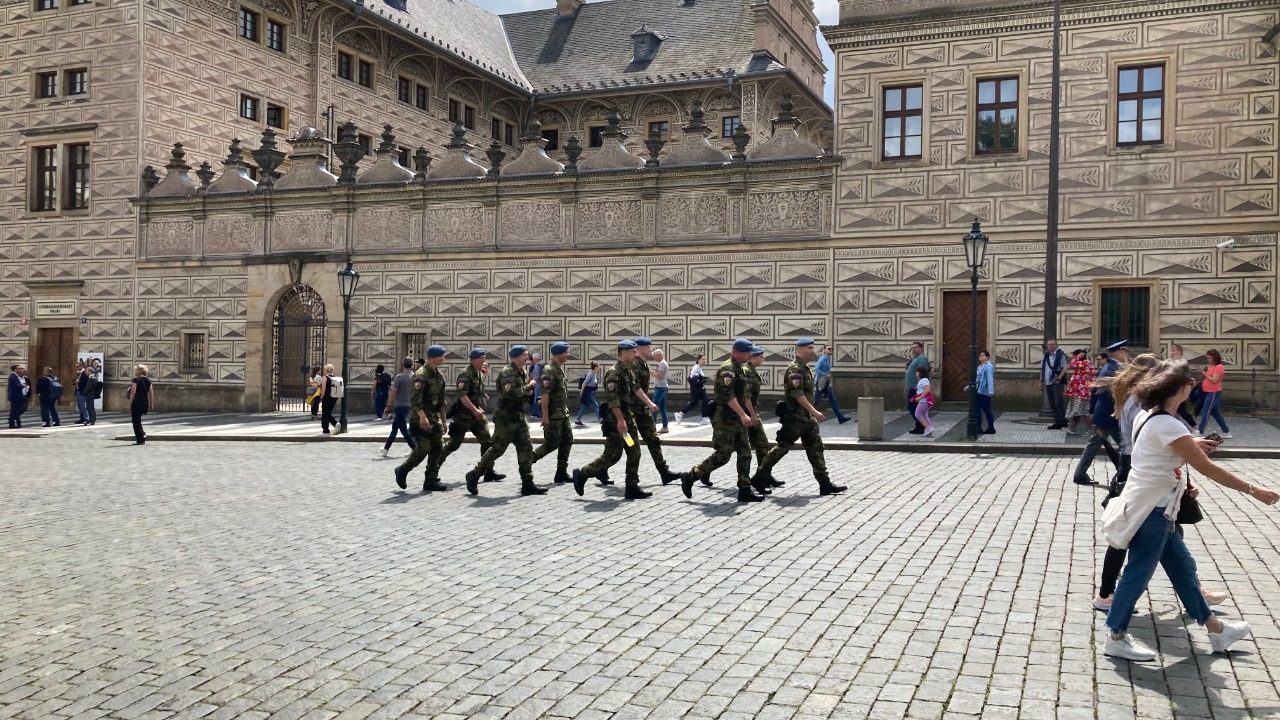
The primary goals of the exercise include enhancing the credibility of NATO’s nuclear deterrent through practice in planning and execution (Root Nation). The training emphasizes seamless integration between US nuclear-certified aircraft and European-based allies’ forces (Interesting Engineering). The exercise also tests rapid response mechanisms and communication lines in a simulated high-threat environment (EU Today).
Official Statements and Reactions
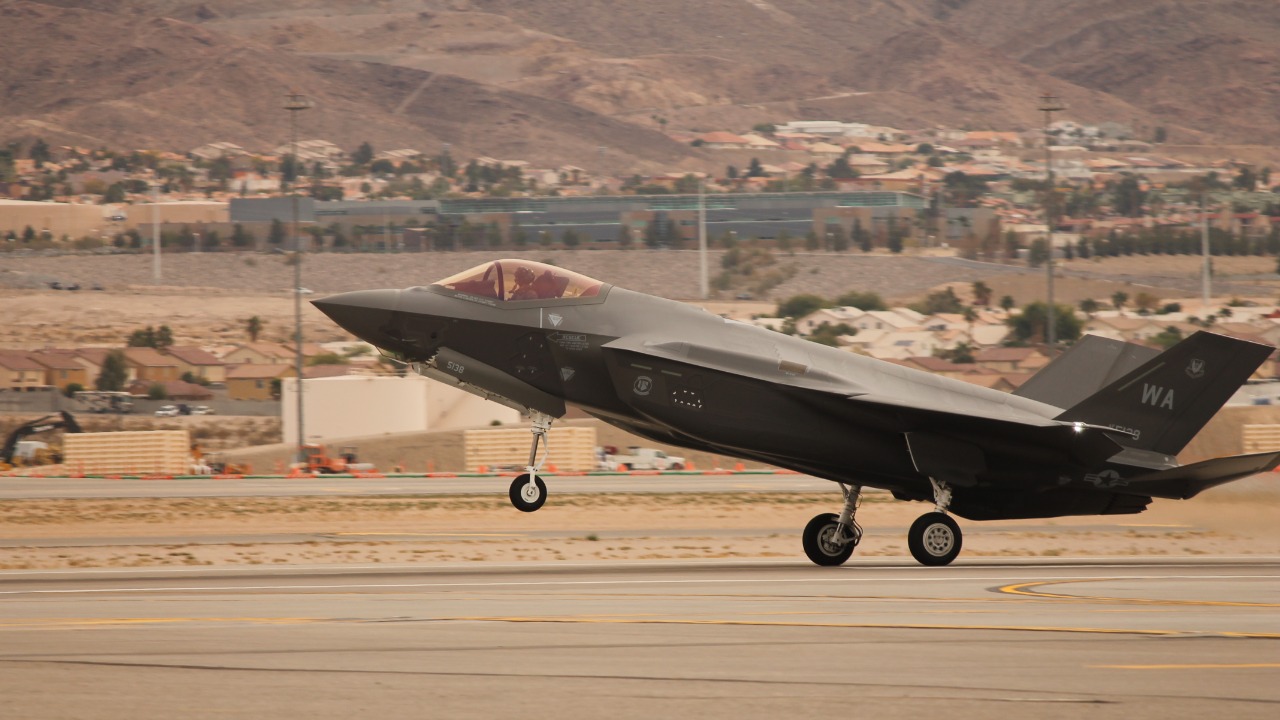
NATO spokesperson Dylan White stated that the exercise demonstrates the alliance’s nuclear deterrence is “safe, secure, and effective” (News.az). US participation underscores its commitment to NATO’s nuclear umbrella, with no changes to alert levels during the drill (Kyiv Independent). Despite criticism from Russian officials who view the exercise as provocative, NATO maintains that it is routine and defensive in nature (Interesting Engineering).